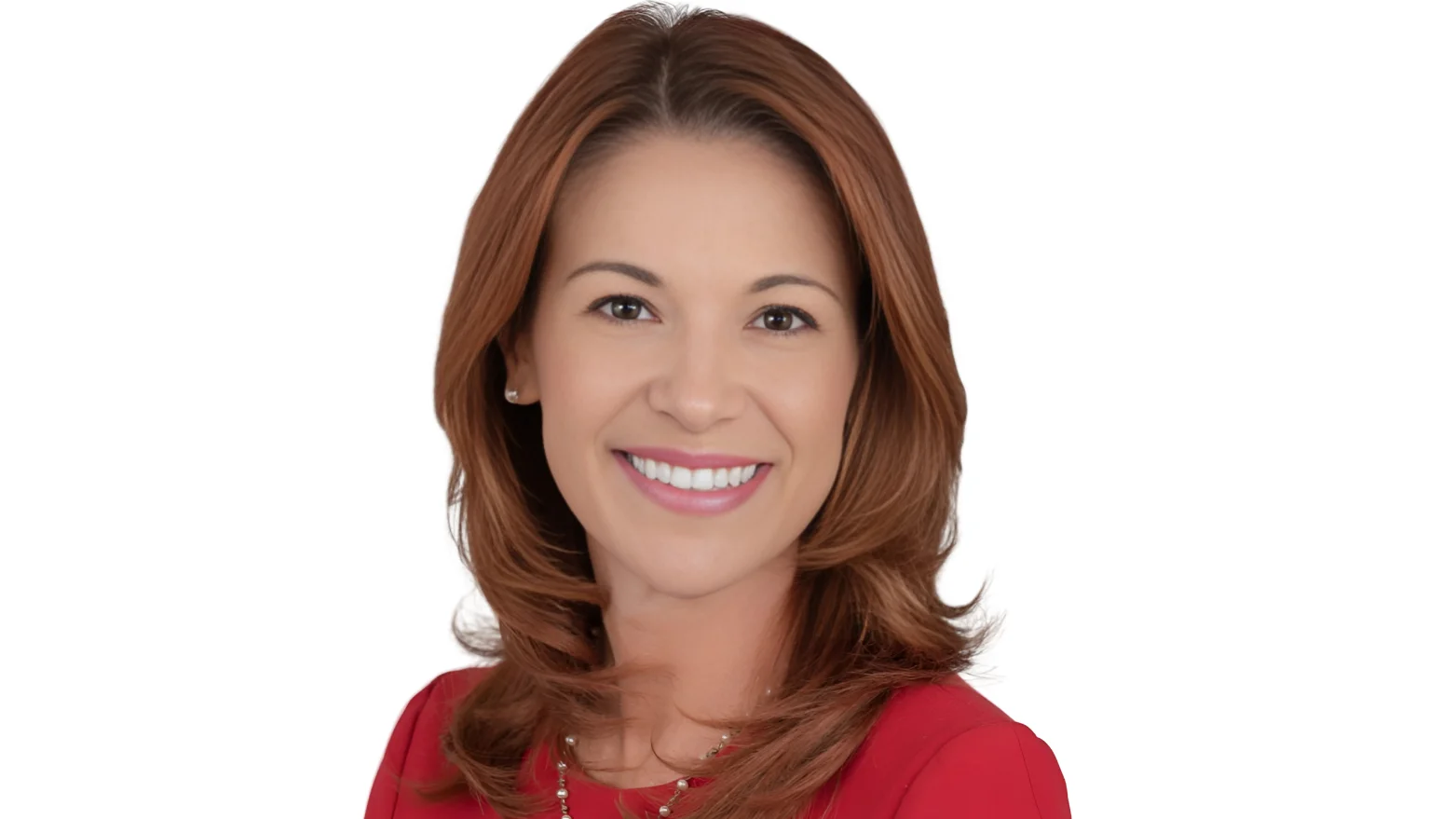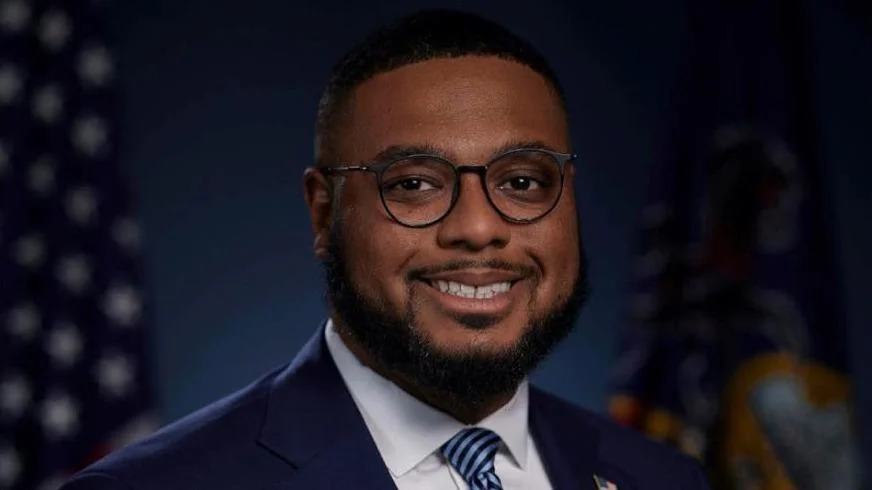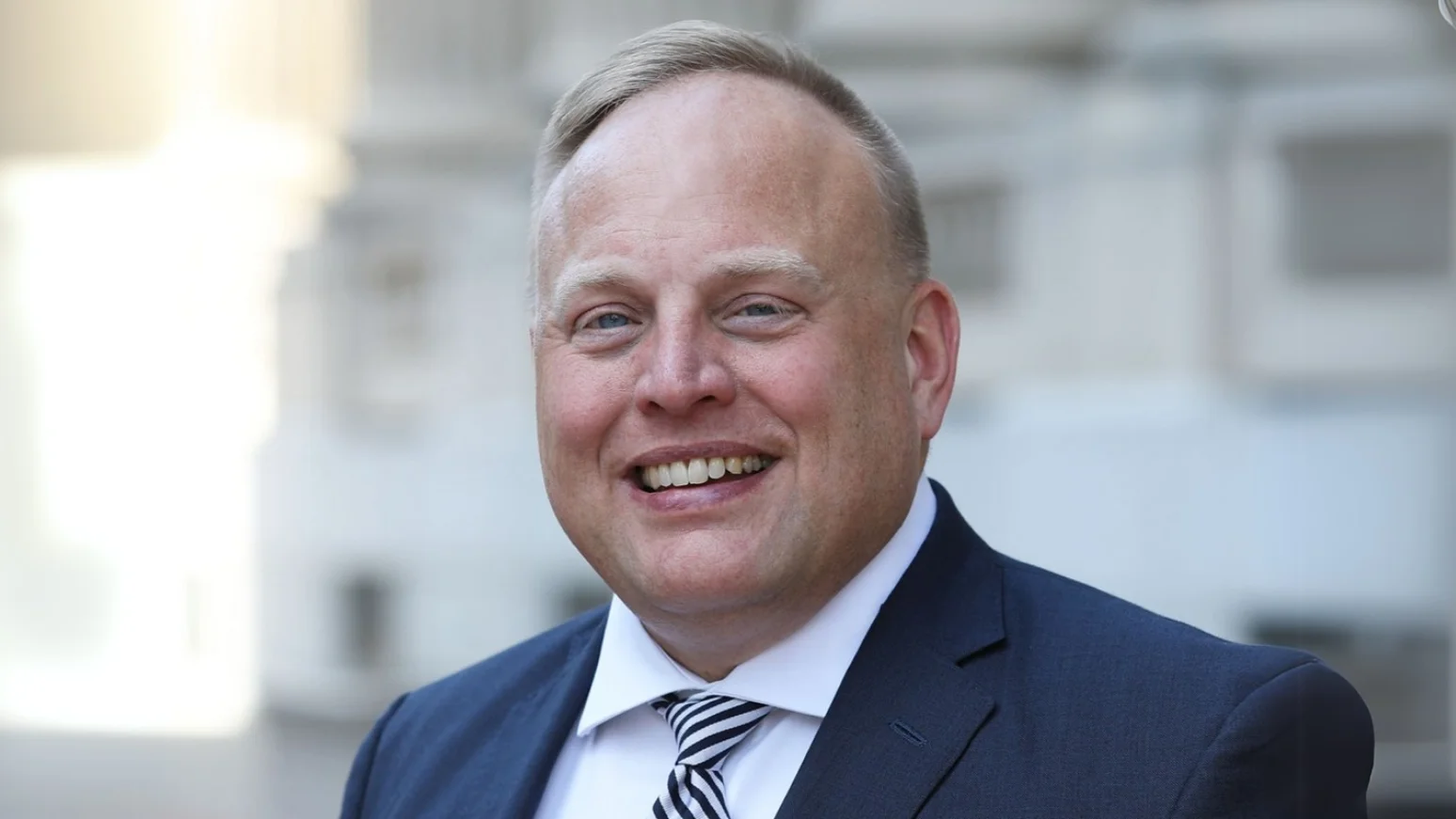
Elizabeth "Betsy" Corcoran, president | Official Website
America’s schools continue to face the challenge of gun violence, with teachers and students often left to deal with its aftermath long after public attention fades. The emotional toll on educators is significant, as they take on roles beyond teaching, including those of first responders and grief counselors.
The author, a teacher with experience in high-needs environments, describes the personal impact of losing a student named Ruby to gun violence at a house party in Chicago. “Her name is etched into my memory — not as a statistic, but as a story. Still, I attend court hearings tied to my Ruby’s murder, and Ruby’s mom recently asked me to help her with the victim statement for the trial,” she writes.
Returning to classrooms after such tragedies means coping with ongoing grief. The presence of empty desks serves as reminders of lost students. “There are days I still see Ruby’s desk and think about the laughter she left behind and the mischief she’d get into. The space she left feels too loud in its emptiness,” the teacher says.
Teachers exposed to school violence are more likely than others in different professions to suffer from PTSD, depression, and secondary trauma. This decline in mental health stems not only from work-related pressures but also from being expected to ensure safety while facing limited support.
After 17 years in education, the author has shifted focus toward advocacy for those affected by gun violence in schools. She co-founded Project 214—a nonprofit now operating as a passion project—and participates in national movements like March for Our Lives. Through speaking engagements at education conferences nationwide, she aims to highlight teacher trauma and promote healing practices among educators.
“Despite teaching in the crossfire, this work has become a part of my mission as an educator. Teachers like me are turning our pain into purpose, our disappointment into destiny and vanished stories into loud voices that demand change,” she states.
Data from the National Center for Education Statistics show that between 2000 and 2022 there were 1,375 school shootings at U.S. elementary and secondary schools—public and private—which resulted in 515 deaths and 1,161 injuries (https://nces.ed.gov/programs/coe/indicator/a01/school-shootings). These numbers represent thousands directly affected by violence along with many more who witness its effects.
The article calls for trauma-informed policies and expanded mental health services for both students and staff. It urges federal investment in community violence prevention efforts alongside legislative action informed by teachers’ experiences: “We don’t need more ‘thoughts and prayers.’ We need trauma-informed policies, sustainable mental health services for students and staff and federal investment in community violence prevention.”
The piece concludes with an appeal for continued advocacy: “Until then, I’ll keep teaching, healing, speaking and pushing back because I promised Ruby’s mother I would. Silence doesn’t save lives; inspired action does.”





 Alerts Sign-up
Alerts Sign-up